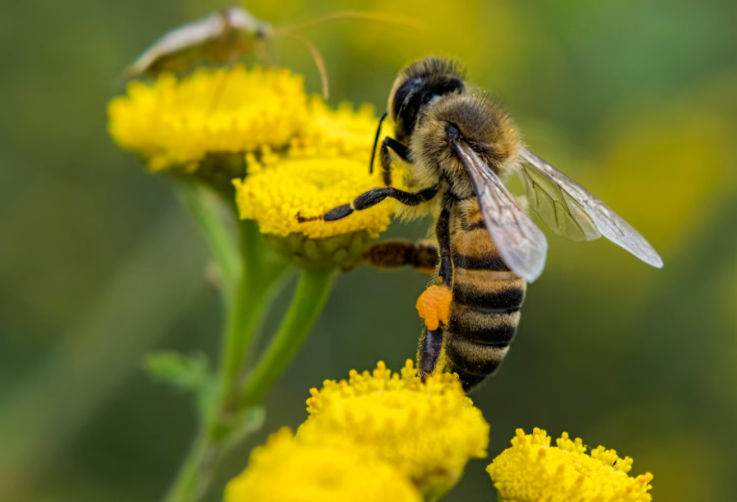Gene Therapy for Cyst Rot: A breakthrough in protecting honeybee populations and supporting beekeeping
The Animal and Plant Quarantine Agency ( APQA ) has developed the world’s first honeybee cyst rot gene therapy drug ‘ Honey Guard -R liquid ‘ through joint research with Genolution Co., Ltd., and has entered full-scale commercialization following the acquisition of animal drug product approval in June 2024 .
Honeybee cyst rot is a viral disease that infects honeybee larvae , leading to death before they develop into pupae . It is highly contagious and causes significant damage, so it is designated as a Class 2 statutory livestock infectious disease and is managed . After it was first confirmed in domestic native bees in 2009 , it spread nationwide, causing serious damage by 2011 , with a decline of more than 75% of approximately 420,000 honeybee colonies . Until recently, there was no treatment available for beekeepers, so the need for development has been continuously raised .
This time, the commercialized gene therapy product was confirmed to have the effect of inhibiting viral replication and improving the survival rate of honeybees by targeting the genetic sequence essential for the survival of the cystic rot virus using RNA interference (RNAi) technology . RNA interference technology uses double-stranded RNA ( dsRNA) as a core substance , and double-stranded RNA is broken down into small interfering RNA (siRNA) in the honeybee , which plays a role in blocking the expression of specific genes of the virus .
* Confirmed 96.2% reduction in the incidence of cystic rot disease through emergency quarantine support for six years from 2019.
The successful commercialization of gene therapy through collaboration between the Quarantine Headquarters and Genolution Co. , Ltd. is a representative technology transfer achievement between a public research institute and a private company , and is significant in that it has provided an innovative turning point for responding to honeybee virus diseases by utilizing biotechnology – based RNA interference technology .
Gene therapy based on RNA interference technology has had difficulties in commercialization due to technical limitations such as in-body delivery , restrictions on administration methods , and economical production methods . In response, the Quarantine Agency and Genolution Co. , Ltd. took advantage of the physiological characteristics of honeybees that deliver RNA interference effects throughout the body through oral administration, solved the problem of in-body delivery by mixing it with sugar water , and established an infrastructure for mass production of double-stranded RNA used as a key material, becoming the first in the world to obtain approval for a veterinary drug product .
Gene therapy has now been commercialized and can be supplied to farmers , and it is expected that this will lead to increased agricultural productivity and economic benefits by reducing diseases in honeybees, which are pollinators of major crops .
Meanwhile , Genolution Co., Ltd. is pursuing procurement registration procedures to expand domestic supply and is also preparing for launch in overseas markets .
Kim Jeong-hee, the head of the Animal and Plant Quarantine Agency, said , “ Hoes are an important component of the ecosystem , and disease prevention in honeybees is essential for maintaining the balance of the ecosystem . ” He added , “ The gene therapy for cyst rot, developed and commercialized through joint research between the Animal and Plant Quarantine Agency and Genolution Co., Ltd. , is expected to prevent the decline in honeybee population and protect and develop the domestic beekeeping industry . ”

